How to water watermelons outdoors?
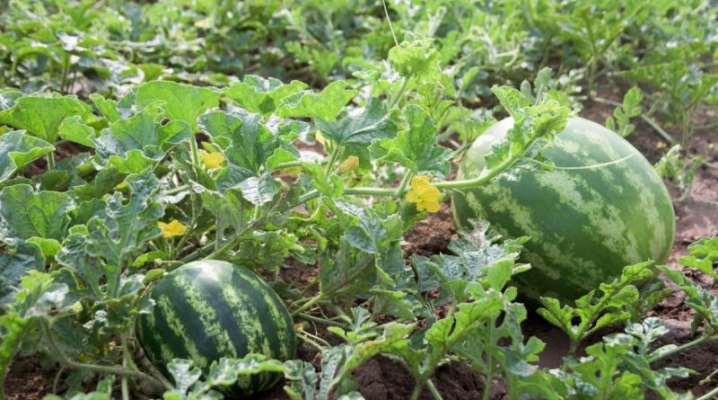
The presence of fruits and vegetables in the human diet is an important and necessary factor, therefore the ability to grow such crops in the garden on its own is considered a big plus. Having large areas available in the country or in the garden, it is worth considering the cultivation of watermelons. A large and juicy berry that pleases both children and adults, which does not require special growing conditions at first glance, needs proper watering and care in the open field.
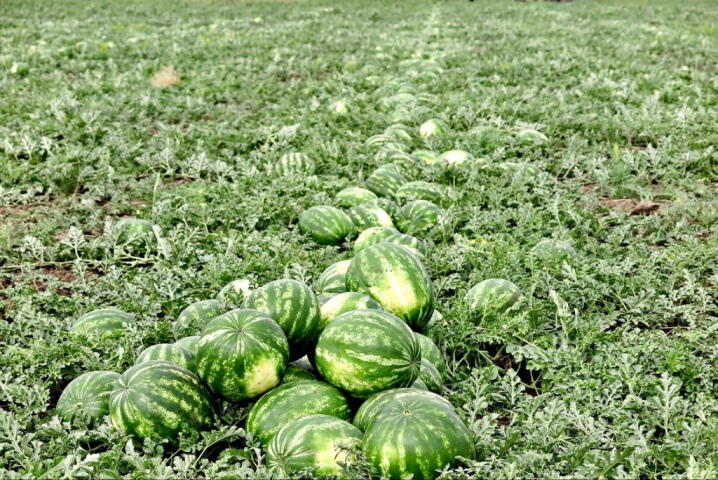
General rules
Watermelons are a melon crop that grows in regions with warm summer climates. To get a large, juicy and sweet berry, you need to purchase high-quality seeds, choose the right variety and take all the necessary measures for the seedlings to sprout and grow in optimal conditions.
When planning to organize melons of any size, it is important to prepare the ground for future seedlings and become familiar with the conditions under which watermelons feel most comfortable. Since this crop is a juicy berry, watering is important for it, but an abundance of moisture will lead to the development of diseases, so it is important to clearly know how and when to moisten the soil.
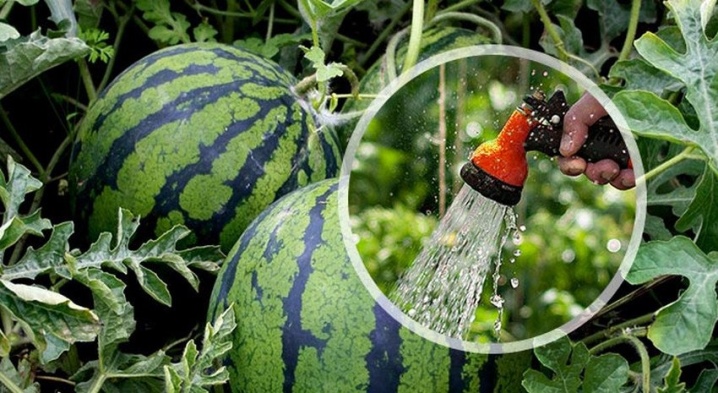
To properly organize watermelon watering, you should be guided by certain rules.
- When planting seeds or seedlings, watering is carried out once a week. The soil should be moistened by 20-30 cm.
- In the process of active plant growth, it is important to ensure that the soil is constantly moistened and does not dry out. Do not flood the soil too much, as this will lead to waterlogging of the soil, and there will be a risk of developing diseases.
- When watering with a bucket or watering can, you must add water directly to the root. Leave the water in the sun during the day to warm it up, and water the melons in the late afternoon.
- During the set of sugar and the completion of the growth of the culture, it is not necessary to water the melon. The roots of the plant are already long enough to take the required amount of moisture from the soil, and the excess water will make the fruit unsweetened and unnecessarily watery.
When growing a watermelon for the first time, it is necessary to study well the crop care scheme in order to end up with a large harvest of delicious berries.

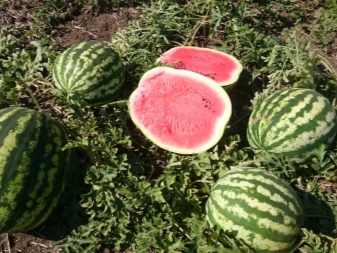
What should be the water?
When organizing watering for watermelon beds, you need to decide on the type of soil moisture. There are 3 options for how exactly you can deliver water to the garden.
- Watering with a watering can or bucket. In this case, the water is poured in advance and settled in the sun during the day. At the time of watering, the liquid should be at the optimum temperature. Cold water negatively affects the root system, slowing down its growth, and too hot water can cause root burns and seedling death. The optimum temperature is + 20 ... 22 ° С.
- Organization of watering with a hose, which is carried out in the grooves made in advance between the rows of watermelon seedlings. By filling these furrows, the water gradually moistens the soil around the seedlings. In this case, there is no particular need to monitor the temperature of the water, since it does not go to the roots, but moisturizes the soil near the plant.
- Organization of drip irrigation for watering melons. This option is the most convenient, since moisture constantly enters the soil in small quantities, preventing it from drying out. Due to the very small amount of water that is introduced into the soil at a time, there are no special requirements for its temperature regime.
Having the opportunity to choose, it is worth stopping at drip irrigation of the beds, since this is the most convenient and versatile option for soil irrigation for any crops. When watering with a watering can or from a bucket, it is important to know that water should not fall on the foliage, so as not to cause the development of diseases.
When watering the soil with a hose, it is worth monitoring the amount of water that is applied to the site - too much moisture will do more harm than minimal watering.
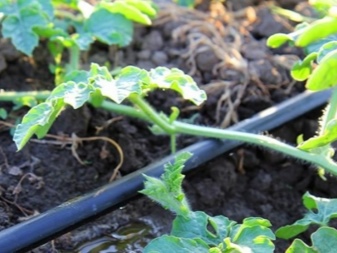
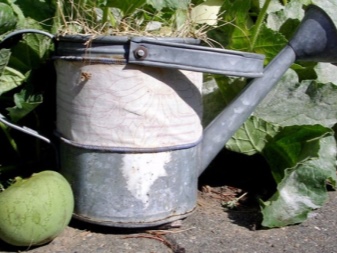
Watering volume and frequency
To grow watermelons in the open field, you need to choose the right seeds, prepare the soil for planting, and organize the proper care of the culture. The most important component for the growth and development of watermelons is watering them. It is necessary to have accurate knowledge of how often melon should be watered, and how to do it correctly.
Before organizing any of the irrigation methods, it is worth deciding how much moisture the culture will need. This can be understood by some criteria.
- After analyzing the composition and structure of the soil. With sandy loam and sandy soil, the water will not linger for a long time, therefore, the culture will have to be watered often. In clayey soils, water stays longer, and 1-2 irrigations per week will be enough.
- It is necessary to determine exactly where the groundwater is located. With a close location, watering will be rare, if they are far away, it is worth taking care of the organization of high-quality and timely introduction of moisture.
- Mulching and loosening the soil after each watering. If the soil is loose, moisture will be more evenly distributed over it over the garden bed, feeding the roots well. This option will allow you to water the watermelons less often.
- Organization of watering depending on the phase of growth and development. At each stage of the melon culture, you need to add a different amount of water.
Having correctly analyzed the conditions in which watermelons will grow, special attention should be paid to watering in different phases of culture development.
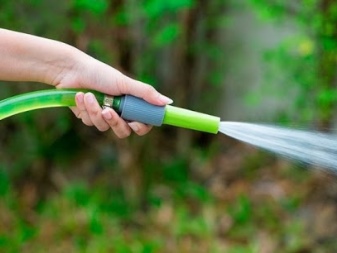
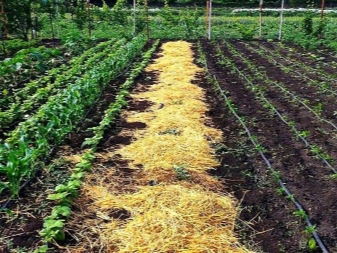
After disembarking
When growing seedlings on your own, it is necessary to prepare a separate container for each seed in order to avoid the plexus of the root system of different bushes. After planting seeds in containers, the soil is watered daily. To avoid waterlogging of the soil, it is important to make a hole in the bottom of the container. The optimal amount of moisture, which is applied to one seed, is considered to be 50-500 ml.
As soon as the leaves appear, watering is carried out less often. For a green sprout, it will be normal to add moisture every other day. As soon as 3-4 leaves have grown on the bush, it must be planted in open ground. The frequency of watering in this case will be the same, and the amount of moisture during this period increases significantly. About 5 liters of water is poured under each bush.
It is important to monitor the condition of the soil: if it does not have time to absorb all the moisture from the last irrigation, then the amount of water should be reduced, and again assess the state of the soil by the time of the next irrigation procedures.
At this stage, it is important to give high-quality care so that the plant quickly gains green mass, grows and has the strength to prepare the ovaries.
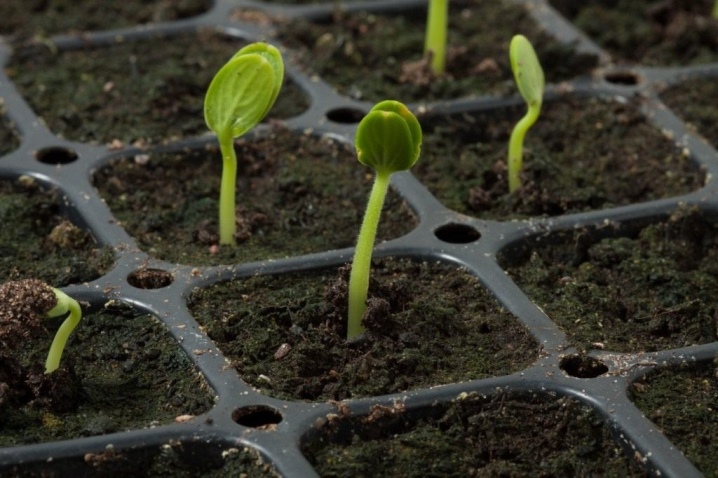
During flowering
By the time buds appear on the watermelons, you should get ready to change the irrigation regime. As soon as flowers bloom on the culture, it is necessary to increase the amount of moisture introduced under each bush to 10 liters. Watering should be done up to 2 times a week. An important criterion will be the weather during this period. With heavy rains, there may be no need to moisten the soil at all, and in extreme heat, it may be necessary to increase irrigation procedures.
It is important to know that in the case of excessive watering, watermelons suffer from the appearance of barren flowers, and in some cases the flowers may even fall off altogether. In order to choose the right amount of watering and the amount of applied liquid, you need to carefully monitor the condition of the soil in the garden.
Observing the balance of watering, you can achieve optimal growth and development of culture, the formation of good ovaries.
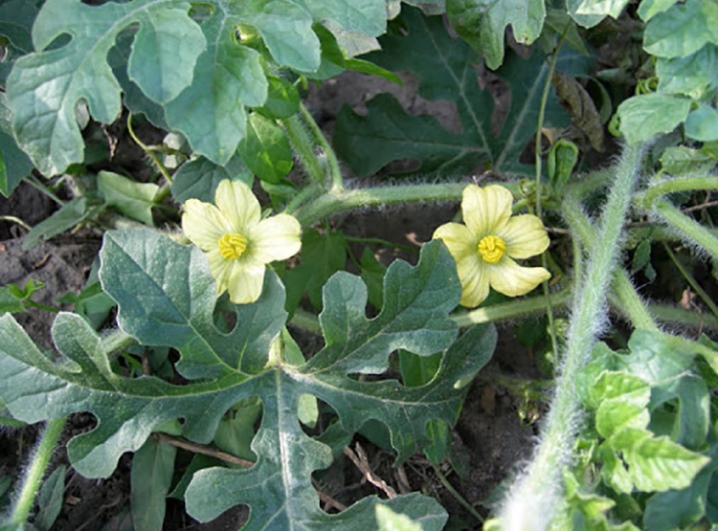
During fruit formation
The growing period of the berries themselves also requires some care and attention, the required amount of water. During this time, watering should be continued, as during flowering. It will be optimal to apply moisture twice a week in an amount that is completely absorbed by the next irrigation stage. Up to 10 liters of liquid is poured under each bush, it is very important to irrigate the soil, but not to moisten the leaves and fruits of the culture. To get sweet and juicy fruits, it is important to completely stop watering watermelons a week before the expected harvest date.
For so that the watermelons grow large and tasty, and also do not get sick, it is necessary to apply fertilizer under the bush after each watering. Correct and timely feeding and loosening of the soil will help to effectively deliver moisture and nutrients to the roots, supporting the crop and allowing it to grow and develop efficiently.
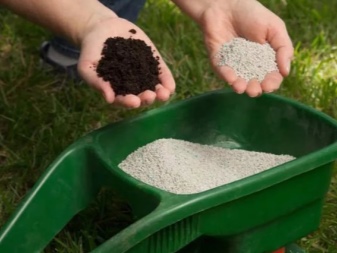
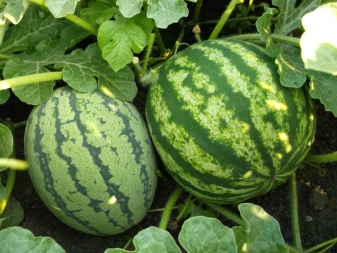
Helpful hints
When cultivating watermelons, it is important to know exactly when to add moisture to the soil, and when to reduce its amount. For good crop growth, it is necessary to moisten the soil by 30-50 cm so that the roots actively feed and grow. To check how wet the ground is, you can stick a thin stick or a metal pin into it - and estimate to what depth the footprint will be wet. According to the available data, it is possible to adjust the irrigation measures.
If it is not possible to measure the depth of soil moisture, it is possible to assess its condition using a surface soil ball of 5-10 cm depth. Having typed a handful of earth in your palm, you need to squeeze it and straighten your fingers again. If the soil has crumbled, then it is overdried, if it is taken in a lump, then there is enough moisture.
When choosing a plot for melon, it is best to look for sandy soils that allow moisture to pass through well. Worst of all, this culture tolerates clay soil and those areas that are often flooded. It is important for the root system of watermelons to have a stable soil in which they can actively grow, allowing the foliage to develop as well.
The choice of the landing site is also influenced by the illumination of the site - the more shadows on it, the worse the taste of the watermelons will be.
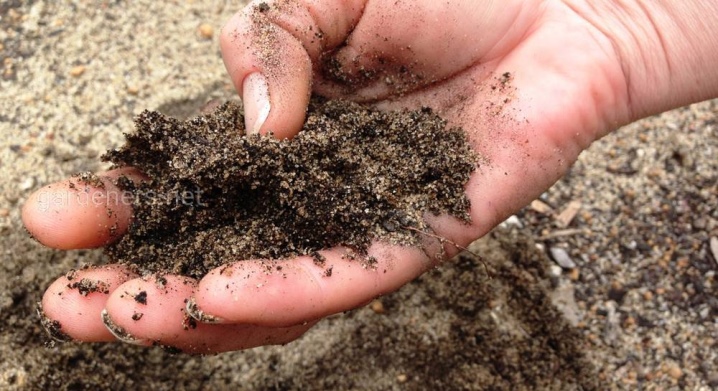
These berries grow well in the south, where the climate is warmer, but they do not tolerate drought well, therefore the organization of irrigation is a paramount task. Drip irrigation is considered the most favorable and convenient method of introducing moisture. It is enough to turn on the water for an hour every day to evenly nourish the soil. This method allows you to pour up to 2 liters of water under each bush. You can turn on the water for 3-4 hours, and moisten the soil several times a week.
Each summer resident decides for himself which method is more convenient for him. It is best to do watering activities early in the morning or in the evening. Do not use rainwater, as pests and pathogens can develop in it. In case of too much rain to protect the crop, it should be covered with a film to prevent waterlogging of the soil. To keep moisture in the ground, to prevent rapid growth of weeds, it is recommended to mulch it with fresh grass.
Melon, on which the soil is regularly watered, fed and loosened, will give the best, tasty and plentiful harvest.
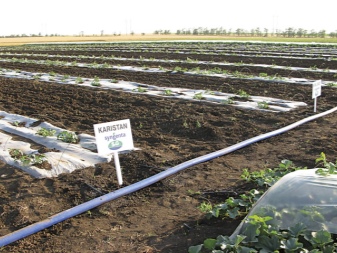
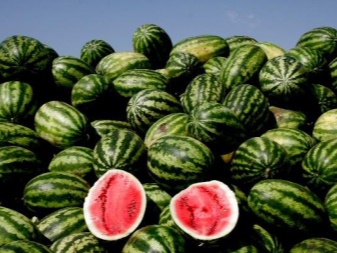
For information on how to water watermelons outdoors, see the next video.













The comment was sent successfully.